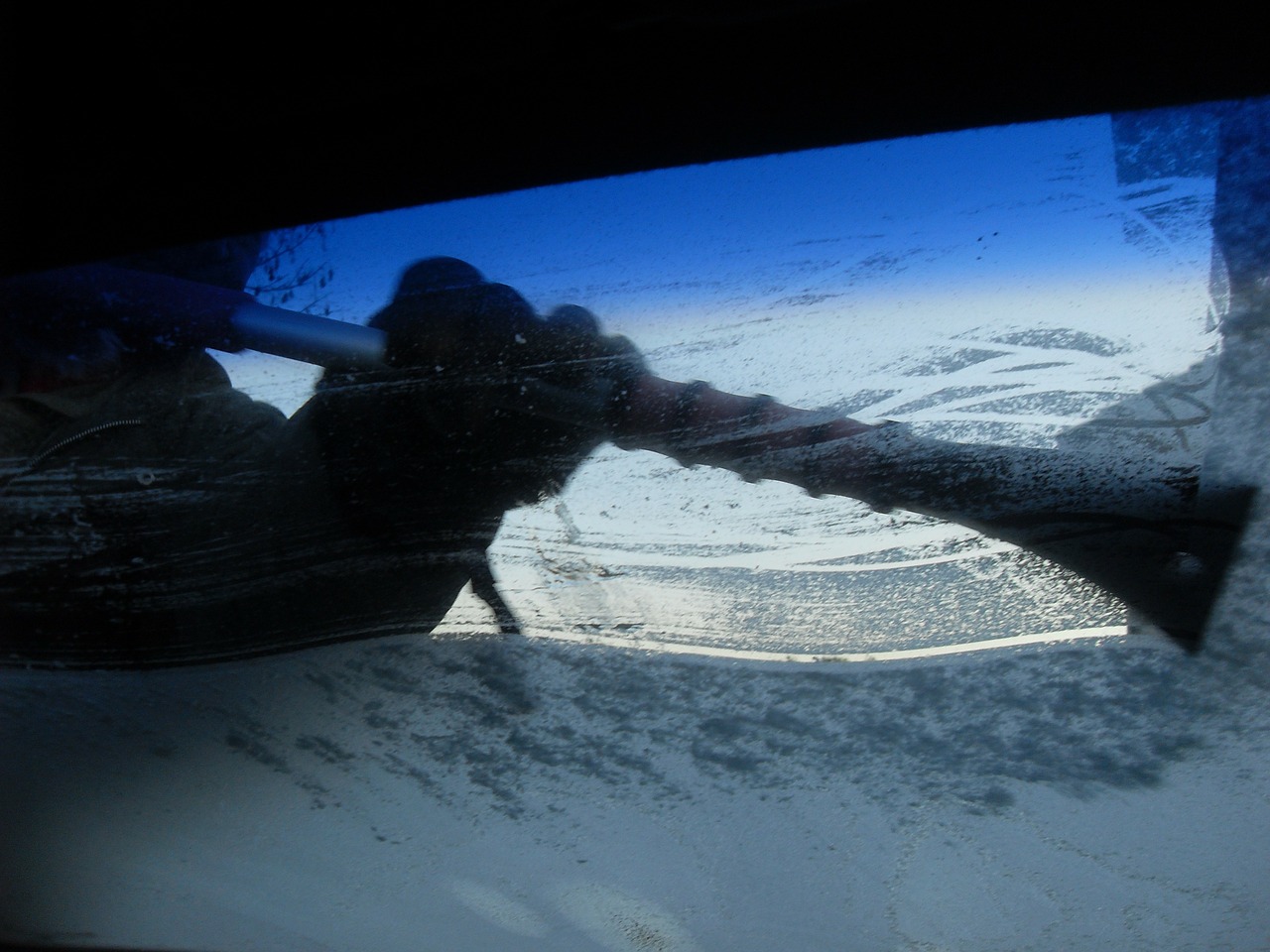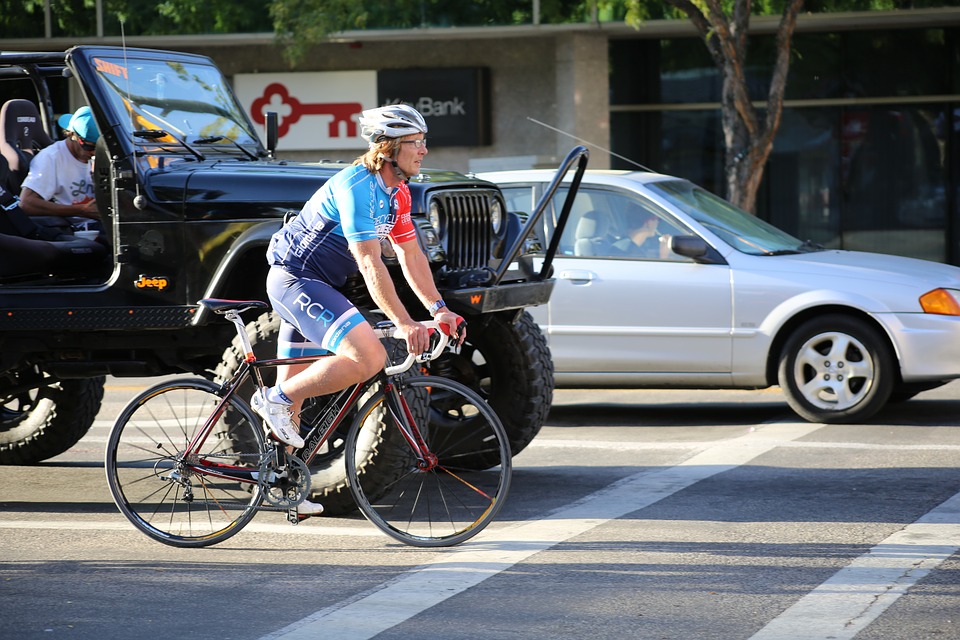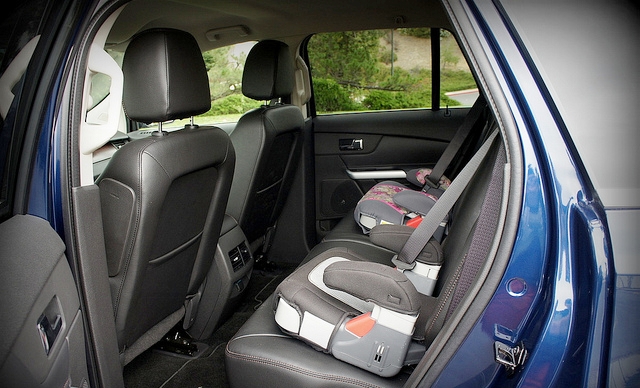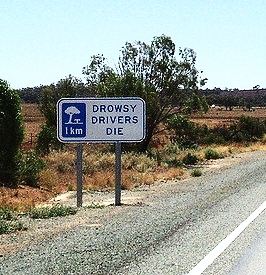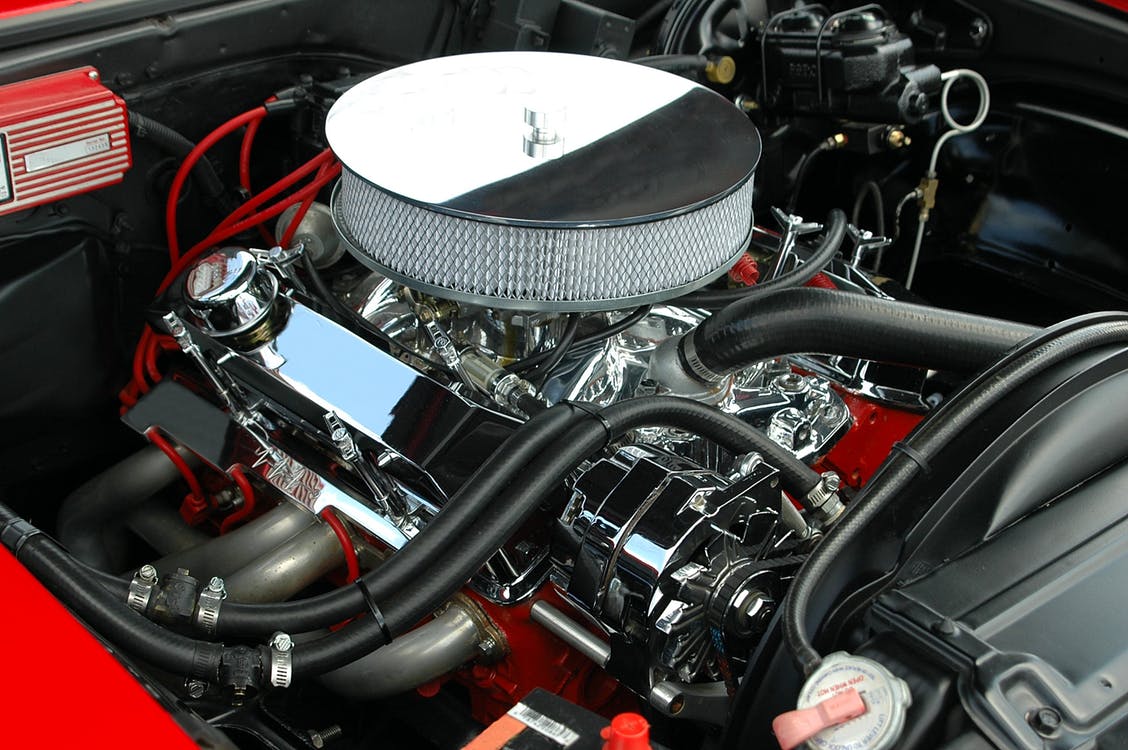Time to break out the “Kiss me I'm Irish” t-shirts, green beer, and your great-grandma Brigid’s secret corned beef recipe! Whether you plan on celebrating St. Patrick’s day by drinking copious amounts of Guinness and shots of Jameson during a pub crawl or by taking the family down to Corktown, everyone should plan how to get home safely, before they start to party.
St. Patrick's Day is one of the deadliest holidays due to the number of drunk drivers on the road. According to The National Highway Traffic Safety Administration (NHTSA), the St. Patrick's Day holiday period from 2012 to 2016 saw the loss of 269 lives due to drunk driving crashes. “In 2016 alone, 60 people, 39% of all crash fatalities, were killed in drunk driving crashes over the St. Patrick's Day holiday.” Also, on March 18, 2016, the day after St. Patrick’s Day, the NHTSA reported that 69% of crash fatalities nationwide involved a drunk driver.
It’s clear that St. Patrick’s Day is turning into a holiday where most people tend to celebrate who can drink the most and care less about the cultural and religious aspects of it all. These people should take safety precautions before they take part in this year’s festivities. And they don’t need to rely on the luck of the Irish to stay safe, because the NHTSA offers partygoers several tips on how to stay safe this St. Patrick’s Day.
St. Patrick’s Day Drunk Driving Safety Tips
NHTSA encourages everyone to take the following safety precautions:
Designate a sober driver or have an alternate transportation plan before the party begins.
If you don't have a designated driver, you can use NHTSA’s SaferRide app to call a taxi or a friend. The app is available for Android devices on Google Play, and Apple devices on the iTunes store.
Never let a friend drive drunk. Arrange a safe way for them to get home.
Don't ride in a vehicle with an intoxicated driver.
Always buckle up. It's your best defense against drunk drivers.
If you’re hosting a party:
Make sure all your guests designate their sober drivers in advance.
Serve plenty of food and non-alcoholic beverages at the party.
Stop serving alcohol a few hours before the end of the party and keep serving non-alcohol drinks and food.
Take the keys away from anyone who is thinking of driving after drinking and get them a ride home.
Remember, you can be held liable and prosecuted if someone you served alcohol to ends up in a drunk-driving crash.
Every year, The Michigan State Police (MSP) warn drivers that extra police will be on patrol, looking for impaired and aggressive drivers. Last year on St. Patrick’s Day, the MSP participated in an international traffic safety initiative known as Operation C.A.R.E., which stands for “Crash Awareness and Reduction Efforts.” Michigan State Police director Kriste Kibbey Etue stated, “the department encourages safe driving and won’t tolerate drivers under the influence of alcohol or drugs.” The initiative was put in place for police to team up to reduce traffic fatalities and injuries resulting from dangerous driving behaviors during holiday festivities.
So, drunk drivers may have a better chance at finding a four-leaf clover than they do getting away with drunk driving this St. Patrick’s Day! But in the interest of the safety of everyone on the road, and so that no one’s fun gets spoiled, St. Patrick’s Day celebrators should plan their safe passage home before they start to drink.
Since St. Patrick’s Day is one of the drunkest holidays, drunk driving car crashes are very likely to occur. Drunk driving car crashes are completely preventable but unfortunately, they still happen. The car crash lawyers at The Michigan Law Firm, PC help people handle the legal aftermath of drunk driving car crashes so that victims can focus on healing from their accident injuries. Call us at 844.4MI.FIRM for a free legal consultation.






